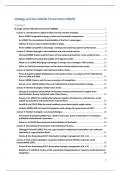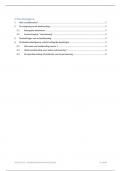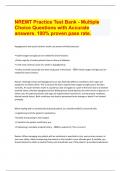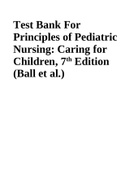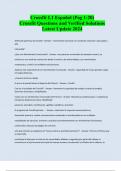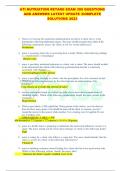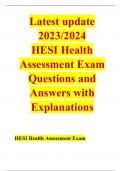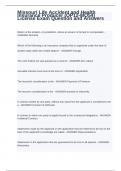Samenvatting
23/24 Summary Strategy and Nonmarket Environment (Radboud, MAN-MST025 1) - Articles & Lectures
- Instelling
- Radboud Universiteit Nijmegen (RU)
Summary of all lectures and literature (25 articles and 5 book chapters) of the course Strategy and Nonmarket Environement. Radboud Universiteit, academic year 2023/2024, master Strategic Management.
[Meer zien]
